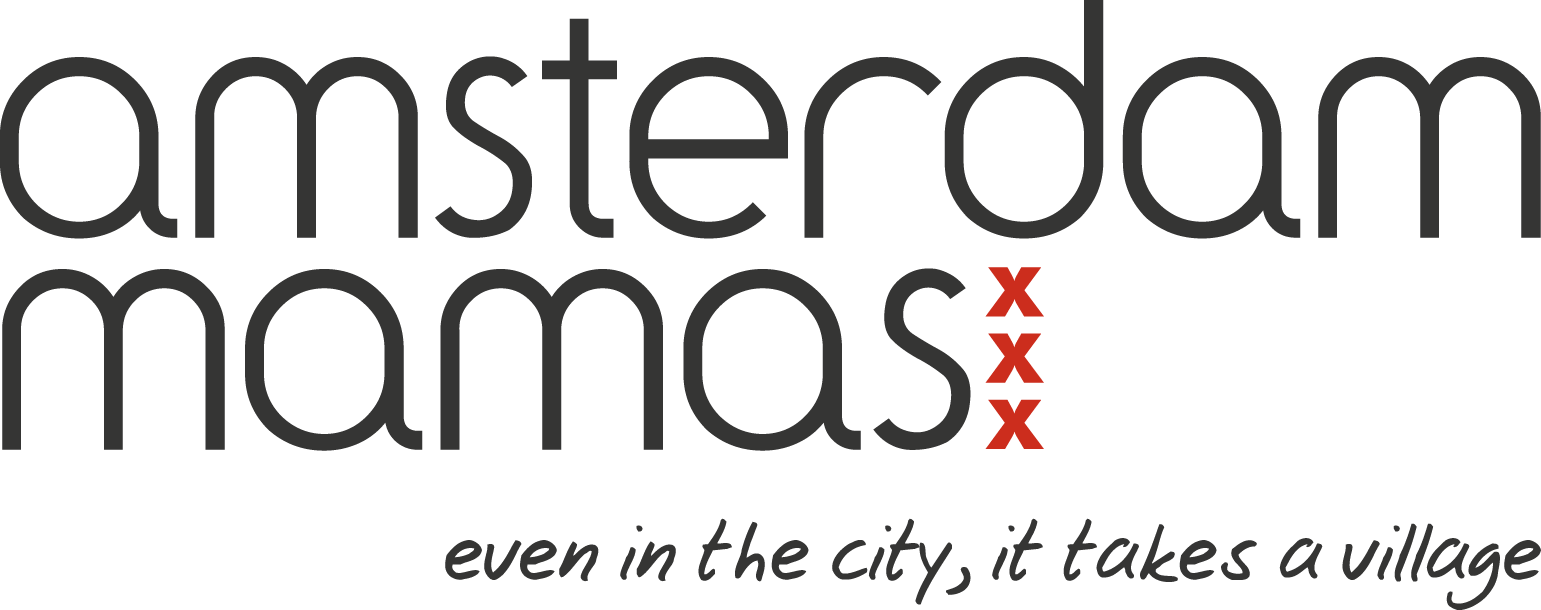Breastfeeding was not a straightforward journey for one Amsterdam mama, but exclusive pumping and supportive medical professionals helped her find a way through.
Before I gave birth, I thought breastfeeding would be like the Medela ads: a happy, well-rested mama gazing down lovingly at a child blissfully chomping away at her breast. Then my daughter was born and I learnt that just because it’s been done for millennia, doesn’t mean it’s easy…
The Beginnings of a Beautiful Friendship
As soon as my daughter was born, the hospital staff attempted to get her to latch. It wasn’t easy. I had no clue what to do and, it seemed, neither did my baby. “No worries,” everyone said, “it takes time”…and then, “Here, why don’t you pump a little in the meantime?”
And so began our friendship – the Pump and I had no idea what we were in for.
When I was first given the Pump (the hospital grade Medela Symphony), I had no idea how to work it and no spare brain cells left to figure it out – and there was this howling monster next to me, not willing to wait patiently for her food. A nurse took pity on me and explained where everything went and assured me that 2ml was quite a good supply. It felt so strange to see milk coming out of my breasts; I has a proud sense of accomplishment – I was a healthy cow! Now that my baby could be fed, we were sent home with good luck wishes. We’d need them.
In spite of a very enthusiastic kraamzorg and a succession of midwives, nurses, and lactation consultants, the next few days were a nightmare. Due to a combination of tongue-tie and flat nipples, even if my daughter managed to latch she could barely get anything out. We would get into the one position where she could actually latch and stay there for hours while she would try to feed and I would attempt to ignore the searing pain in my back and legs.
Meanwhile, my relationship with the Pump continued to blossom. I was now pumping 7 times a day and producing 5-10ml each pump – evidently a success!
I finally threw in the towel and made my decision: I am pumping and ‘que sera sera’…
Then it came to me: the great idea. Why not chuck the whole latching thing and just pump away? Baby gets breastmilk, I retain my sanity. Win-win, right? Well, apparently not. I was told that:
a) Pumping would decrease my supply over time (didn’t happen)
b) It would become harder as the baby grows (somewhat true)
c) You need to breastfeed to bond with the baby (categorically not true!)
Still uncertain, I consulted with more lactation consultants, spoke to endless relatives, and visited the local La Leche League leader- nothing helped my daughter latch. By now, she was six weeks and my husband was getting scared to enter the room after another failed breastfeeding session. I finally threw in the towel and made my decision: I am pumping and que sera sera.
Life as a Pumper Only
The Pump and I remained best friends for the next 5 months – communing together six times a day. I became such an expert at juggling bottles, pipes, flanges, etc. that I could practically wash and sterilize them in my sleep. I was lucky enough to have overproduction and soon our freezer was so stuffed with frozen milk I was giving it away!
Some parts of pumping exclusively were challenging: the endless sterilizing, the difficulty in traveling (like Cinderella, I had to rush home for the next pump), the complicated excel-mapping of what/when/how much, and the anxiety of whether each pump would produce enough.
But there were benefits too: I could give my child breastmilk exclusively for 9 months; my husband could take over the night feeds (giving me a blissful 5-6 hours of uninterrupted sleep every night!); and I used my pumping time as ‘me time’, to read or use social media, where I found an amazingly supportive online community of ‘pumpers-only’.
When I finally packed away the Pump I felt a mix of relief, gratitude and sentiment – it had been a long, rocky road but we had survived it together. Am I glad I did it, in spite of all the contrary advice and chaos? Yes. Would I do it again? Please, NO! But then again, I don’t plan to have another baby, either.
Pumping in the Netherlands
- In the Netherlands, it is possible to both buy and rent pumps, though the plumbing and bottles have to be purchased separately. Pumps can be tried, rented or bought at De Boezemvriend, Amsterdam. You can also ask your hospital or midwife for contacts.
- Female employees have a right to spend time during working hours to breastfeed or pump, up to 1/4 of working time per day/shift, until the child turns 10 months. This counts as working time and is paid as usual. Ideally, a room should be made available where you can privately nurse or pump. Be sure to discuss the modalities with your employer beforehand.
- Traveling with pumps can be daunting – the Netherlands is not blessed with large washrooms where you can privately express. I would recommend looking at battery-powered pumps, where you can pump on the go.
- You can donate or request breastmilk at: Donormelk aangeboden/gezocht- NL & BE, Human Milk 4 Human Babies- Netherlands, and VU medisch centrum.
- Some useful resources online for pumping mothers are: Kellymom.com, La Leche League, and Milking It: A Closed FB Group for EPing Mothers.
Tips for Pumping:
- Find a pump that works for your situation – a hospital-issued pump is more powerful, but can be difficult for travel; an electric one is more portable but may take longer. A double electric pump is best.
- Keep in mind that you will need a plethora of bottles and/or bags for storage, particularly in the beginning when the baby feeds more frequently.
- There will be a lot of cleanup and sterilization in the beginning – remember, others can do this piece for you.
- A hands-free bra is a life saver. You can buy one or make your own with a tight-fitting sports bra.
- Drink a lot of water, eat well, and rest – for both breastfeeding and pumping. It’s the best way to have a good supply.
- Your body may produce its most milk at the most inconvenient hours. My pumps between 1:00 -7:00 am were the most productive.
- Create a comfortable pumping station: food, water, and entertainment at hand next to the pump. Make it fun.
Finally, please remember – your child will be healthy and happy when its mama is healthy and happy, whether it is breastfed or formula fed. Whatever path you choose, try to relax and enjoy the ride.
Tanaya Chaturvedi
Tanaya has been a diamond trader, a commodities broker, a teacher and an antiques restorer and now mostly tries to stop a food-obsessed toddler and a plastic-crazy dog from destroying the world.






